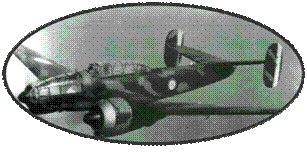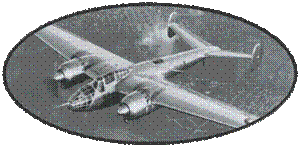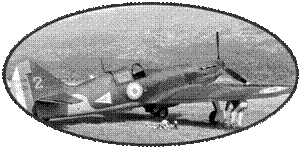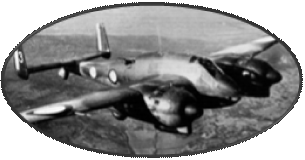During a visit to the United
States, Ernst Udet was seduced by the dive bombing demonstrations
he witnessed. This technique allowed a precise aim: the pilot stuck
on the objective at an angle of 60 to 90 ° and dropped his bomb
near the ground by performing a violent resource. Back in Germany,
Ernst Udet, responsible for re-equipping the all-new Luftwaffe,
wanted to acquire a "Sturzkampfflugzeug" dive bomber,
which will become Stuka. Designed by Hermann Pohlmann, the Ju 87
flew for the first time in 1935.
The prototype is equipped
with a 610ch RollsRoyce Kestrel engine, a twin-vane stabilizer at
the end of the fixed plane, and a "pants" landing gear.
Lateral stability was critical and after a crash, the double-drift
was replaced by a mono drift on the Ju 87 V2.
The Ju 87 V3 was powered
by the Junkers Jumo 210 Da of 680 hp. Compared to the V2, the drift
is enlarged and the canopy modified. The armament consists of two
machine guns: 1 fixed in the wing and a mobile at the rear of the
cockpit. A pre-series of 10 JU87 A-0 is built in the summer of 1936.
The first JU87 A-1 come out of the chains early 1937, to equip the
first units of the Luftwaffe. The baptism of fire takes place in
Spain within the Condor Legion with three JU87 A-1. The very encouraging
results confirmed the formula.
The arrival of the 1100 hp
Jumo 211 A-1 engine gave birth to JU87 B-1. the aircraft has an
enlarged daggerboard, a third machine gun in the left wing, and
large wheel pants make way for more aerodynamic and easier-to-maintain
fairings. The canopy is now sliding, and no longer tilting. It was
this version that took part in the Campaign of France, equipped
with the infamous siren that frightened civilians. Version JU87
B-1 was then completed by the JU87 B-2 with the Jumo 211 Da engine
slightly more powerful of 1200ch
We can also mention the JU87-R,
long-range version that carries only one ventral bomb, and two additional
tanks under the wings.
Another version JU87 C was
designed to equip the aircraft carrier Graf-Zeppelin. She had to
have foldable wings. Only 2 prototypes are built.
The JU 87 D-1, equipped with
the Jumo 211J-1 1400hp engine came into service in the spring of
1942. The defensive armament is reinforced with a pair of MG81 7.92mm.
This series has many variations as the JU 87 D-7 designed for night
attacks. Its wing machine guns are replaced by two 20mm cannons,
or the JU 87 H, training version with two cockpits.
Ultimate version, the JU
87 G-1. Intended to attack the tanks, he received two 37 mm BK 37
cannons suspended under the wings. He quickly became the terror
of the Russian armor at the hands of virtuosos such as Hans Ulrich
Rudel who destroyed on board 519 tanks ...
JU87 Stuka was very effective
in a context of air superiority. But in the absence of a hunting
escort, he became an easy target for enemy hunters. The production
of Ju 87 ceased in the summer of 1944, after 5,700 units had been
built.













